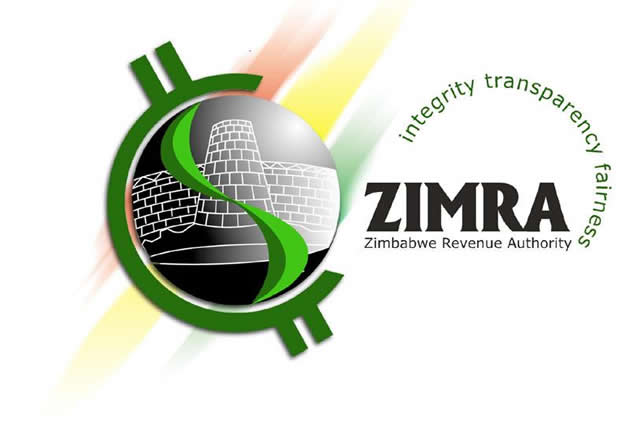Water infrastructure gap and the regional food security dilemma

Prosper Ndlovu
THE increasingly unpredictable rainfall patterns have become a menace to farmers in Zimbabwe and the Southern African Development Community (Sadc) region as a whole.
In the context of climate change, the question of when to start planting has become a serious challenge to many farmers given the shift in seasons.
This has placed water usage on the spotlight as the world strives to adapt to a changing climate that is altering global water distribution.
The crippling 2015/16 El-Nino experience has not only dampened hopes for a bumper harvest in Zimbabwe but induced panic and fear of possible starvation. While the government has come up with short term drought mitigation measures, the sober reality is that food aid has never been sustainable.
Apart from perpetuating a dependency syndrome, economic experts have pointed to the ugly manifestation of food insecurity in the demise of domestic industries, which largely depend on agricultural inputs, and the resultant socio-economic tensions.
The region’s agricultural sector remains generally stifled by the widespread lack of adoption of modern farming, low productivity and increased food imports running into billions of dollars a year.
About 50 million hectares of irrigable land is available for agricultural development in the region, yet only 3.4 million hectares are currently irrigated, mainly due to infrastructure handicap. In Zimbabwe the gap is wider given lack of funding for agriculture by the banking sector since the turn of the millennium when the country embarked on the land reform programme. As a result a number of once viable irrigation schemes such as Silalatshani in Filabusi and Makwe in Gwanda, are lying idle due to obsolete equipment, lack of funding and market loopholes, yet the country relies on imported agriculture products.
Zimbabweans have spent more than $15 million in importing vegetables and citrus commodities in the first two months of this year alone, the Zimbabwe National Statistics Agency reported.
This, experts say, diverts considerable investment from local economies and job opportunities thereby exposing local communities to external shocks, such as food prices and climate change.
At a Sadc consultative meeting on the impact of drought in February this year in Johannesburg, South Africa, delegates noted that the strong 2015/16 El-Niño has resulted in one of the driest rainfall seasons in over 35 years in Southern Africa.
They acknowledged the negative implications in the form of low yields for the season leading to further declines in food production and regional cereal supplies. They also noted the deficit would result in higher prices of grain, a major source of staple food in the region, and other cereals.
The impact of prolonged dry spells has already spread to livestock, with more than 500,000 cattle under the risk of starvation while an estimated 7,000 have succumbed due to depletion of pastures and shortage of stockfeed, mainly in southern parts of Zimbabwe. In such a scenario, wildlife has also not been spared.
The regional body has projected increased hunger and malnutrition given that approximately 70 percent of the region’s population are either directly or indirectly dependent on agriculture.
In the wake of ravaging drought, President Robert Mugabe, in February, declared a state of disaster as he appealed for $1,5 billion to feed about three million vulnerable Zimbabweans, mainly in the south-western provinces, up to the next farming season. The country has since facilitated importation of up 700,000 metric tonnes of maize. This calls for urgent revitalisation of irrigation agriculture as a viable model that will ensure food production throughout the year.
Economic expert and consultant, Gift Mugano says agriculture-based economies like Zimbabwe need efficient water infrastructure to support the livelihoods of their population and the region’s overall economic development. “Our agricultural output per labour is very low despite being the largest employer. This is because of lack of reliable water supply. We’re not putting the right infrastructure in place.
We want to do winter wheat but there’s no electricity,” he said.
“So, we need to address these infrastructure enablers. I still feel Zimbabwe can achieve competitiveness if we address the issue of enablers.”
With meteorological experts indicating the El-Nino phenomenon would continue to recur, more focus should be directed at harnessing bulk water through dam construction and expedition of outstanding water projects.
Policy makers and finance bodies, as such, should direct more resources towards this thrust and immediately implement these projects as part of medium to long-term measures in a collective and coordinated manner to minimise the impacts on the communities.
In Zimbabwe, completion of outstanding water projects like the National Matabeleland Zambezi Water Project, Gwayi-Shangani Dam and Tokwe Mukorsi Dam, would go a long way in transforming livelihoods and substantially alleviating poverty through irrigation initiatives.
Estimates indicate more than 28 million vulnerable people in the region who were affected by the previous poor season are in need of immediate relief to meet the food and non-food needs with the numbers likely to increase in view of the current El Niño.
Hence the February meeting ended with a resolve that member states and partners would “implement regional agricultural policies that promote production, productivity, competitiveness and improve access to markets and promote private sector participation”.
Recognising the importance of the water sector, Sadc has developed several tools and strategies for addressing water use and distribution in the region. In 2012 the bloc released its regional infrastructure development master plan, which outlines plans for infrastructure development over the next 25 years.
The water sector plan component identifies 34 infrastructure projects to be implemented over the next 25 years, aimed at raising the level of human and economic development of the region. It identifies improving storage of renewable water resources from 14 percent per year to 25 percent.
This is envisaged to facilitate, in part, an increase in the irrigated area from 3.4 million hectares to 10 million hectares.
These should be buttressed by harmonisation of water and electricity charges, a major concern to the farming community, which has been partly blamed for the demise of winter wheat farming in Zimbabwe.
Given adequate water infrastructure and all the necessary support, “Africa has the capacity to feed itself,” enthused Prof Edith Vries, South African department of agriculture, forestry and fisheries.
On the basis of these strategies lies a meaningful framework for integration, which stresses the need for increased partnership for enhanced capacity and speedy implementation of agreed resolutions.








Comments